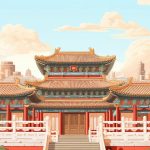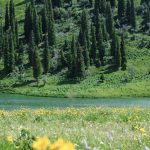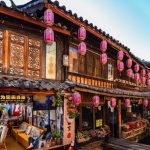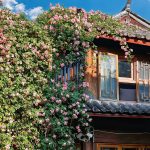The 10 must-see places in Beijing.
The Forbidden City, the Great Wall of China, the Silk Market… Make the most of your trip to the Chinese capital by visiting the 10 must-see places in Beijing.
The Forbidden City
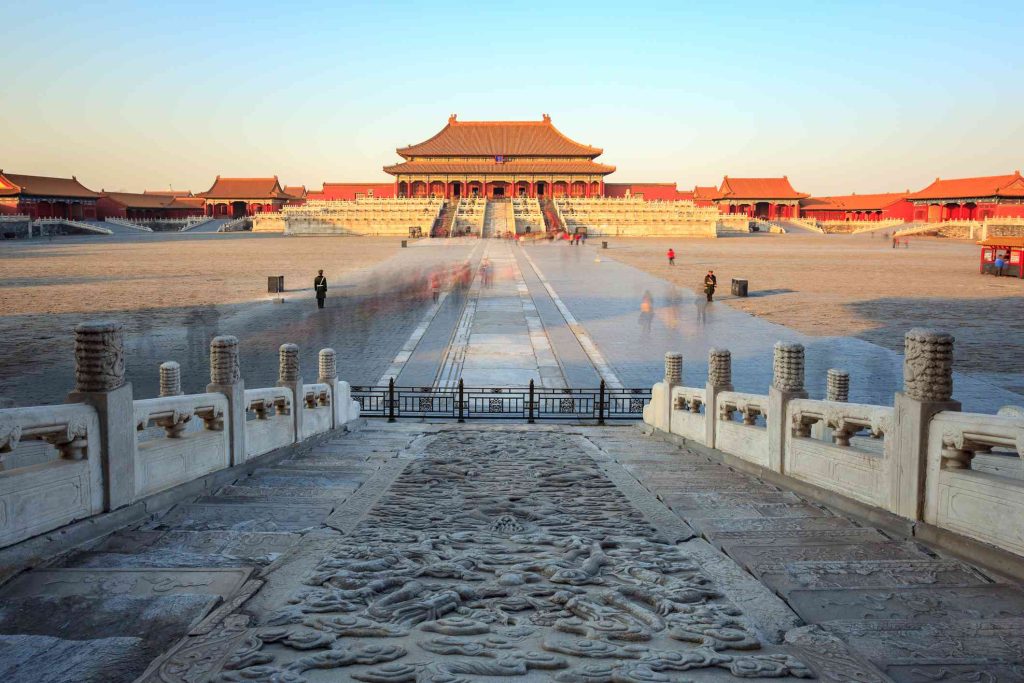
Photo: Collected
The Forbidden City is the architectural complex where the 24 Chinese emperors governed for more than 500 years from the start of the 15th century.
The Palace and its rooms were reserved for the court and its subjects from its construction in 1420 until 1949, which is why it’s known as The Forbidden City.
The Summer Palace
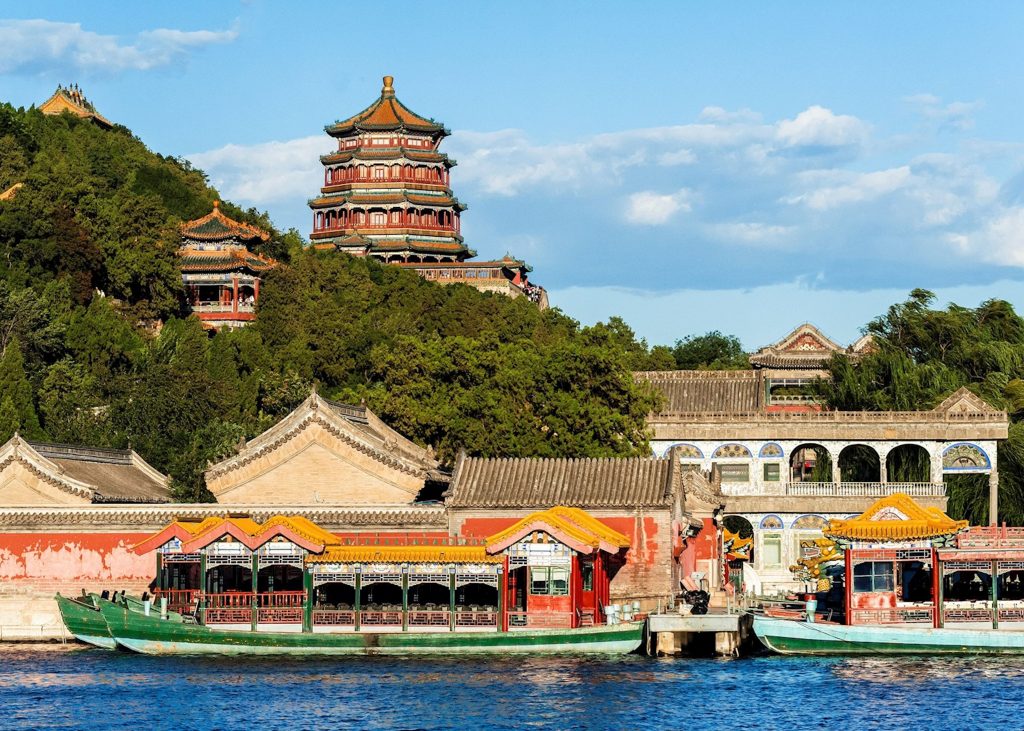
Photo: Collected
An impressive imperial garden during various dynasties, the Summer Palace became a refuge to escape the hot summers in the Forbidden City.
The Temple of Heaven

Photo: Collected
The Temple of Heaven, or Tian Tan, is one of the largest sacred sites in China. Built during the Ming dynasty, it was the place where the emperor made sacrifices to thank heaven for the fruits obtained and prayed for future crops.
The temple is located in a beautiful park that many Chinese citizens use to practice tai chi, play cards, fly kites and participate in dance classes
The Great Wall of China
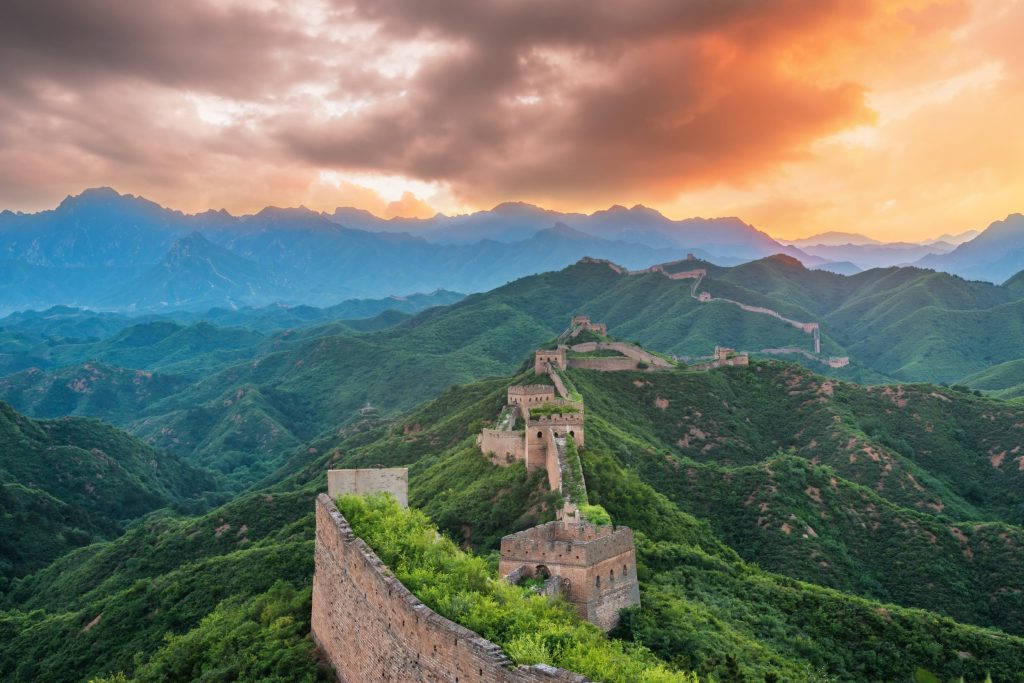
Photo: Collected
The Great Wall of China, 8,851.8 kilometres in length, follows a winding journey through mountains, deserts and plains across China.
Despite the imposing construction and the soldiers’ attempts to repel the attacks, the wall was broken through by the Mongolians in the 13th century and later by the Manchus in the 17th century.
At present, most of the wall is in ruins, which makes it difficult to walk along it. Fortunately, some sections have been completely restored to show their original appearance.
Hutongs
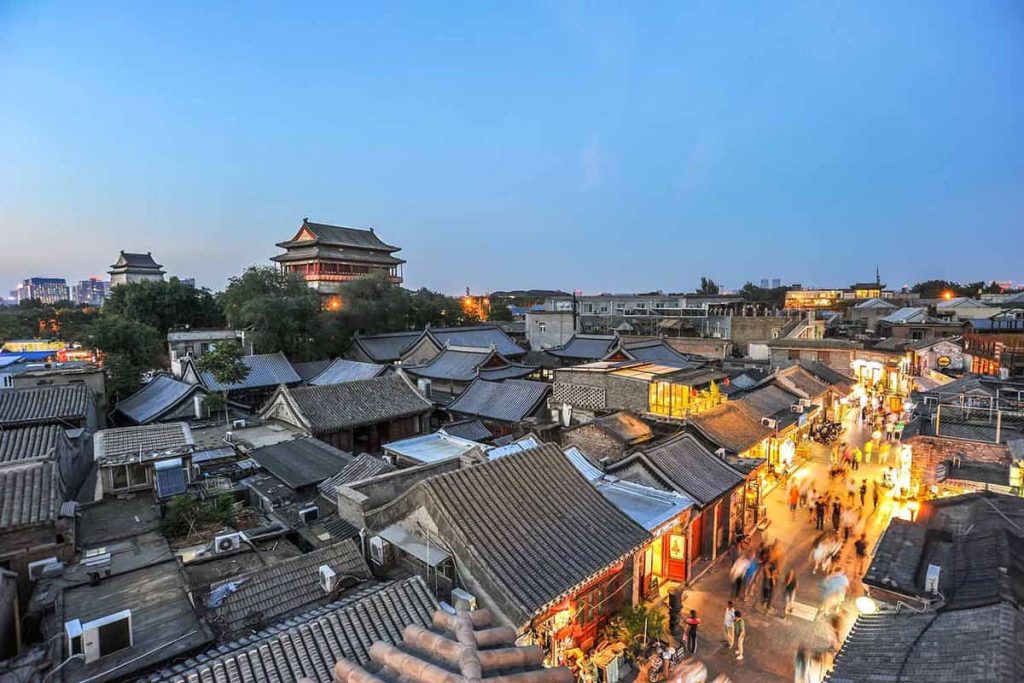
Photo: Collected
Built during the Yuan, Ming, and Qing dynasties, the Beijing Hutongs are filled with houses located around a square courtyard where the inhabitants lead a traditional life anchored in the past.
Most of the houses don’t have a bathroom, so it’s very common to find inhabitants using communal bathrooms and washing clothes in the neighbourhood’s common areas.
As you wander past the Hutongs, you’ll see children playing happily and adults going about their daily life.
Some of the things that most often surprise tourists are the Pekingese walking around in their pyjamas and the children who, instead of wearing a diaper, wear pants with an opening.
Tian’anmen Square

Photo: Collected
Tian’anmen Square is the most important square in all of China, as well as the largest in the world. Constructed in 1949 after the proclamation of the People’s Republic of China, the square has giant dimensions of 880 by 500 metres.
Over the years, the square has been the backdrop for several historic events, including the 1989 Protests, which ended with the death of hundreds of protesters and the declaration of Martial Law in Beijing.
The huge square is now completely guarded and can only be accessed through the police controls.
Jingshan Park
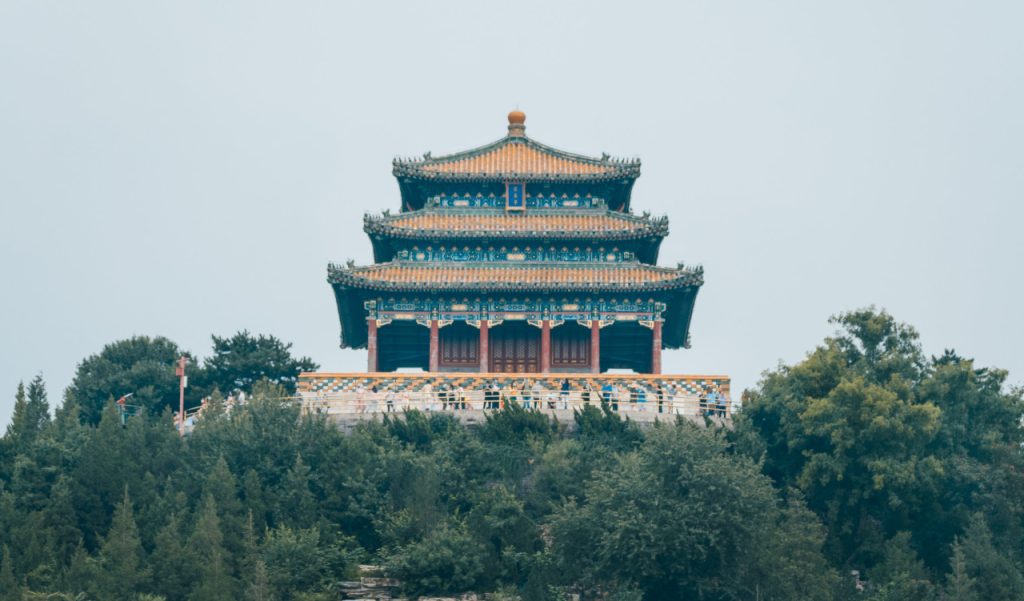
Photo: Collected
The park is located to the north of the Forbidden City and its high altitude makes it a unique place to get a bird’s eye view of the city centre.
The focal point of the park is Prospect Hill, which was built in an unplanned way as it was formed by the accumulation of the earth that was taken out for the construction of the palace moat. After its construction, the park was destined for imperial use, but in 1928 it opened its doors to the public and since then hundreds of people visit it every day.
Wangfujing Street Market
Drum and Bell Towers
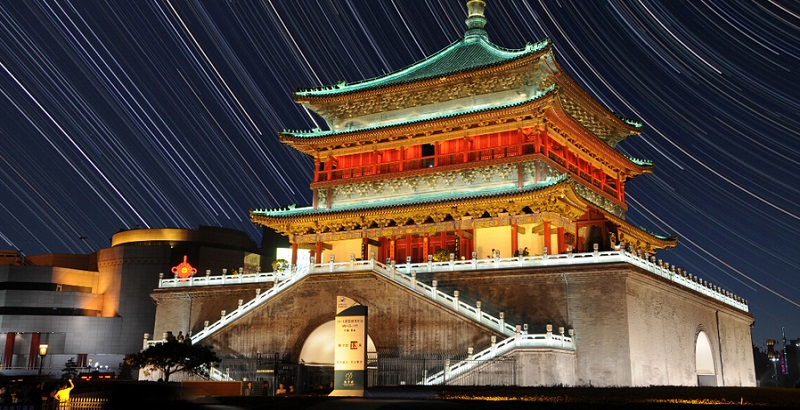
Photo: Collected












